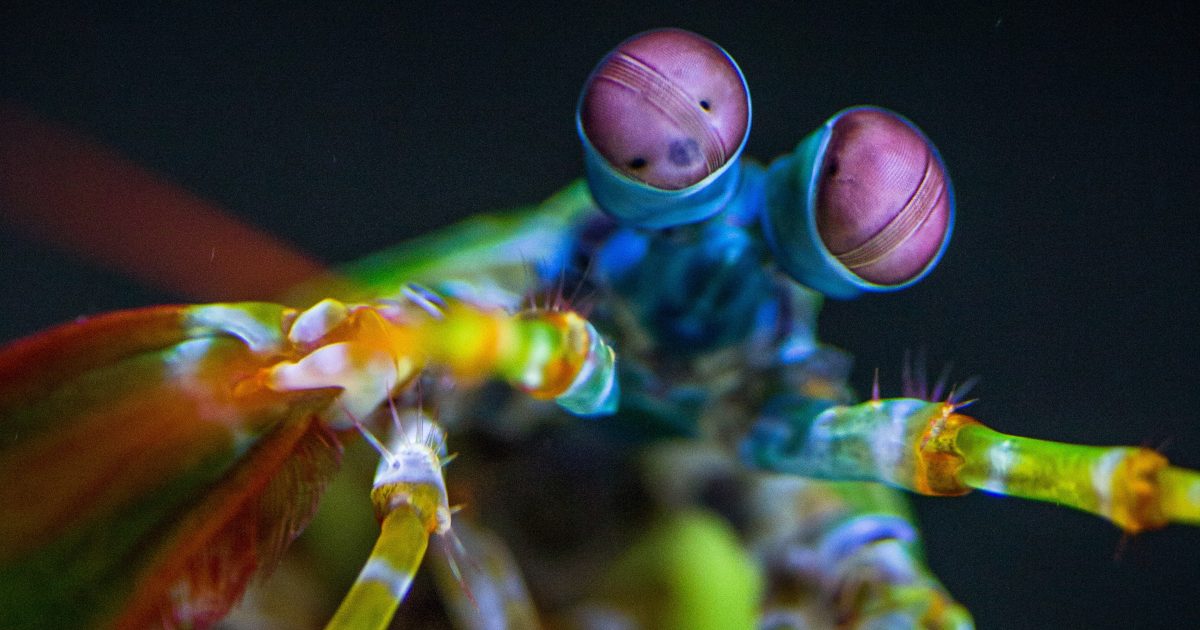Can A Mantis Shrimp Injure A Human?
Mantis shrimp, also called stomatopods, are a group of over 550 species of crustaceans that live in saltwater. They range in size from less than an inch long to well over a foot.
They are known for their ability to attack
and kill their prey using raptorial claws on their front legs (see figure 1A).
According to the Great Barrier Reef Foundation, they can either spear their
prey with sharp projections, or strike it with high-powered punches.
There are two kinds of mantis
shrimp: those that use their clubs to smack and smash things, like crabs,
clams, oysters and lobsters; and those that spear their prey. Aside from the
dactyl club, spearers have two sharp appendages on their front legs that they
can launch into the body of their prey to pierce it and prevent it from
escaping.
The dactyl clubs are protected by a
hard, crystalline layer of the mineral hydroxyapatite on the outside, which
acts as shock absorbers, minimizing the force that goes through the appendage
to the softer layers beneath. The hydroxyapatite also has an anti-fracturing
effect, helping to minimize the possibility of cracks, which would allow the
club to break and incapacitate the animal.
Some of the club-fisted mantis
shrimp can swing their dactyls at speeds that are more than twice as fast as a
22-caliber bullet, making them able to deliver a powerful blow even if the
water isn’t quite on their side. The speed of the punch moves the water around
their dactyl clubs, creating something called cavitation, which causes the
water to vaporize into bubbles that collapse and add to the force of the hit.
When a mantis shrimp strikes, its
arms move so quickly that the water around them suddenly becomes hotter than
the sun. This sudden rise in temperature is called “cavitation,” and it’s what
enables the crustacean to kill its prey by vaporizing it.
Aside from being a source of
fascination and fear, scientists are also studying the dactyl clubs of mantis
shrimp to find out how they’re able to withstand crushing forces without
breaking apart. The answer lies in the shells’ outer coating of hydroxyapatite,
which consists of a hard crystalline calcium-phosphate ceramic material that
acts as shock absorbers, reducing the chance of cracks on the outside of the
club.
The underlying structure of the
dactyl clubs — which consist of a combination of chitin and a soft
polysaccharide material — is also strong, with layers that act as shock
absorbers to minimize the amount of damage that could occur on the inside of
the club when it is smashed or struck. This makes the dactyls stronger than
their equivalents in other animals.
Scientists have analyzed the
internal structures of a number of mantis shrimp species, including the peacock
mantis shrimp, and discovered that they have dactyl clubs that are made from an
inner layer of a crystalline ceramic material called hydroxyapatite. It’s
similar to the ceramics that protect our skin and teeth, but it’s much harder.

Comments
Post a Comment